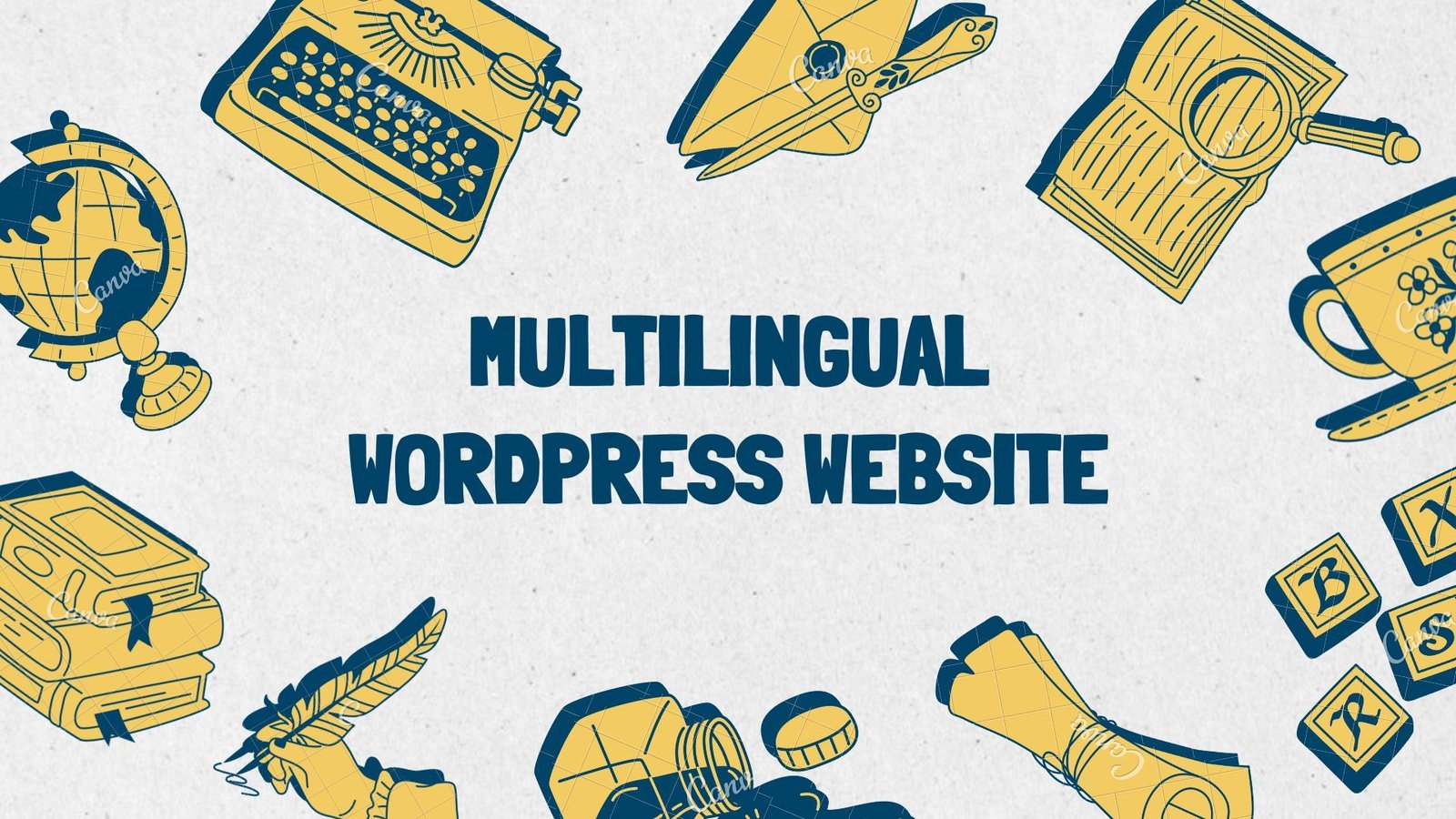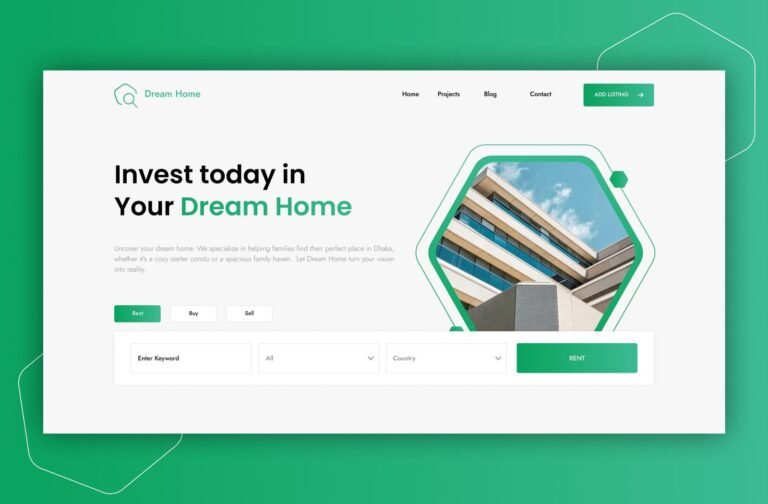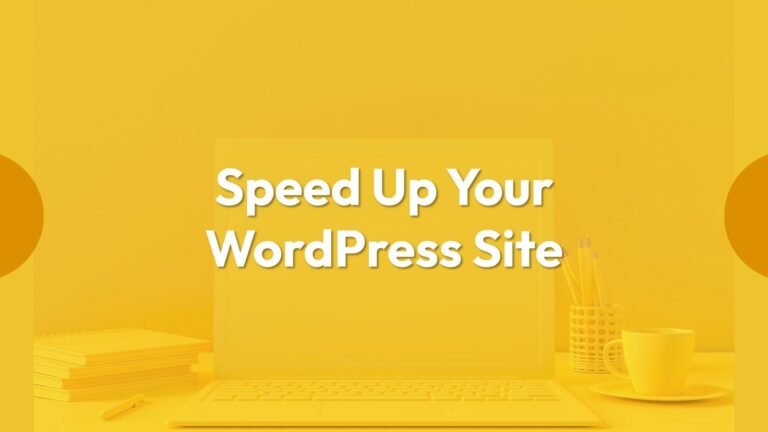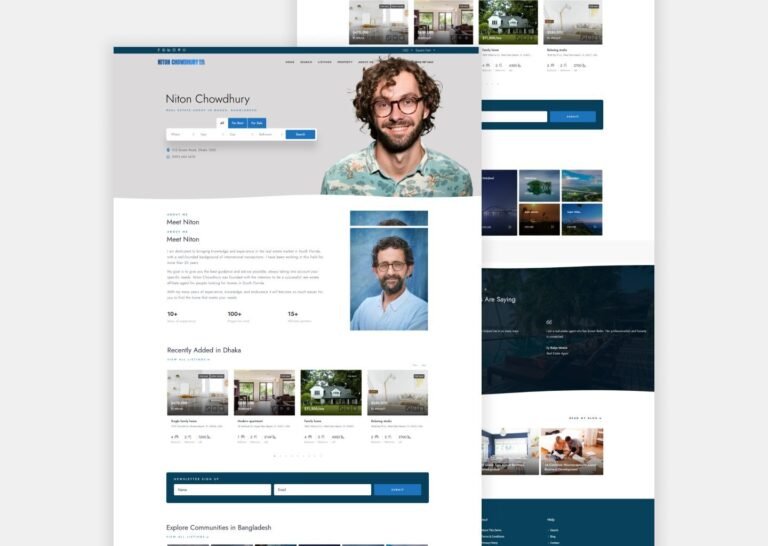In today’s interconnected world, reaching a global audience is more important than ever. A multilingual website allows you to speak directly to international customers and expand your brand’s reach. But how do you create a multilingual WordPress website that not only informs and engages visitors but also excels in search engine optimization (SEO)?
This comprehensive guide will equip you with the knowledge and tools to build a multilingual WordPress website that thrives in the competitive landscape of international SEO.
Strategic Planning: Laying the Foundation for Success
Before diving into plugins, take a step back and consider these crucial strategies:
Target Audience: Identify the specific languages your target audience speaks. Prioritize languages with high internet penetration and commercial viability.
Content Strategy: Plan how you’ll manage translated content. Will you translate everything or prioritize key pages? Consider offering a mix of machine translation and human refinement for optimal efficiency and accuracy.
SEO Strategy: Multilingual SEO requires careful planning. Research keyword variations in your target languages and ensure proper hreflang tag implementation to avoid duplicate content penalties from search engines.
Plugin Powerhouse: Tools for Multilingual WordPress Mastery
WordPress offers a wealth of plugins to streamline your multilingual website creation process. Here are some popular options:
WPML (The WordPress Multilingual Plugin): A comprehensive solution for managing translations, SEO, and content creation in multiple languages.
Polylang: A user-friendly plugin for creating multilingual sites with a straightforward interface and language switcher options.
TranslatePress: Offers a free version with basic translation functionality and a visual editor for translating content directly on your pages.
Beyond the Plugins: Best Practices for Multilingual SEO
While plugins simplify the process, remember these SEO best practices for long-term success:
Dedicated URLs: Structure your website URLs to indicate language variations. Common approaches include subdirectories (e.g., /en/ for English), subdomains (e.g., [invalid URL removed]), or top-level domains (e.g., yourwebsite.fr for French).
Hreflang Tags: Implement hreflang tags to signal to search engines which language version of a page corresponds to a specific geographic location.
Consistent Branding: Maintain a consistent brand voice and message across all languages.
Cultural Nuances: Be mindful of cultural sensitivities when translating content. Adapt imagery, colors, and humor to resonate with your target audience.
Building Your Multilingual Website: A Step-by-Step Guide
With your strategy and tools in place, here’s a simplified roadmap for building your multilingual website:
- Set Up Your WordPress Site: Create your website in your primary language and ensure a solid foundation before adding new languages.
- Install and Configure Your Chosen Plugin: Follow the plugin’s specific instructions to activate your chosen multilingual solution.
- Add Languages and Translate Content: Add your target languages and begin translating content. Utilize a combination of machine translation and human refinement for optimal results.
- Customize the Language Switcher: Configure the language switcher to seamlessly integrate with your website’s design and user experience.
- Optimize for Multilingual SEO: Integrate SEO best practices like keyword research, hreflang tag implementation, and optimized meta descriptions for each language version of your website.
Maintaining Your Multilingual Website: A Commitment to Growth
Building a multilingual website is an ongoing process. Here are some tips for maintaining and growing your international presence:
Regular Content Updates: Ensure all languages are updated consistently to maintain user engagement.
Performance Monitoring: Track website traffic and user behavior across languages to identify areas for improvement.
Multilingual Analytics: Utilize analytics tools that provide data specific to each language version of your website.
By following these strategies and leveraging the power of WordPress plugins, you can build a multilingual website that not only connects with a global audience but also thrives in the competitive world of international SEO. Remember, effective multilingual SEO takes time and dedication, but the rewards of reaching a wider audience and expanding your brand’s reach are well worth the effort.





